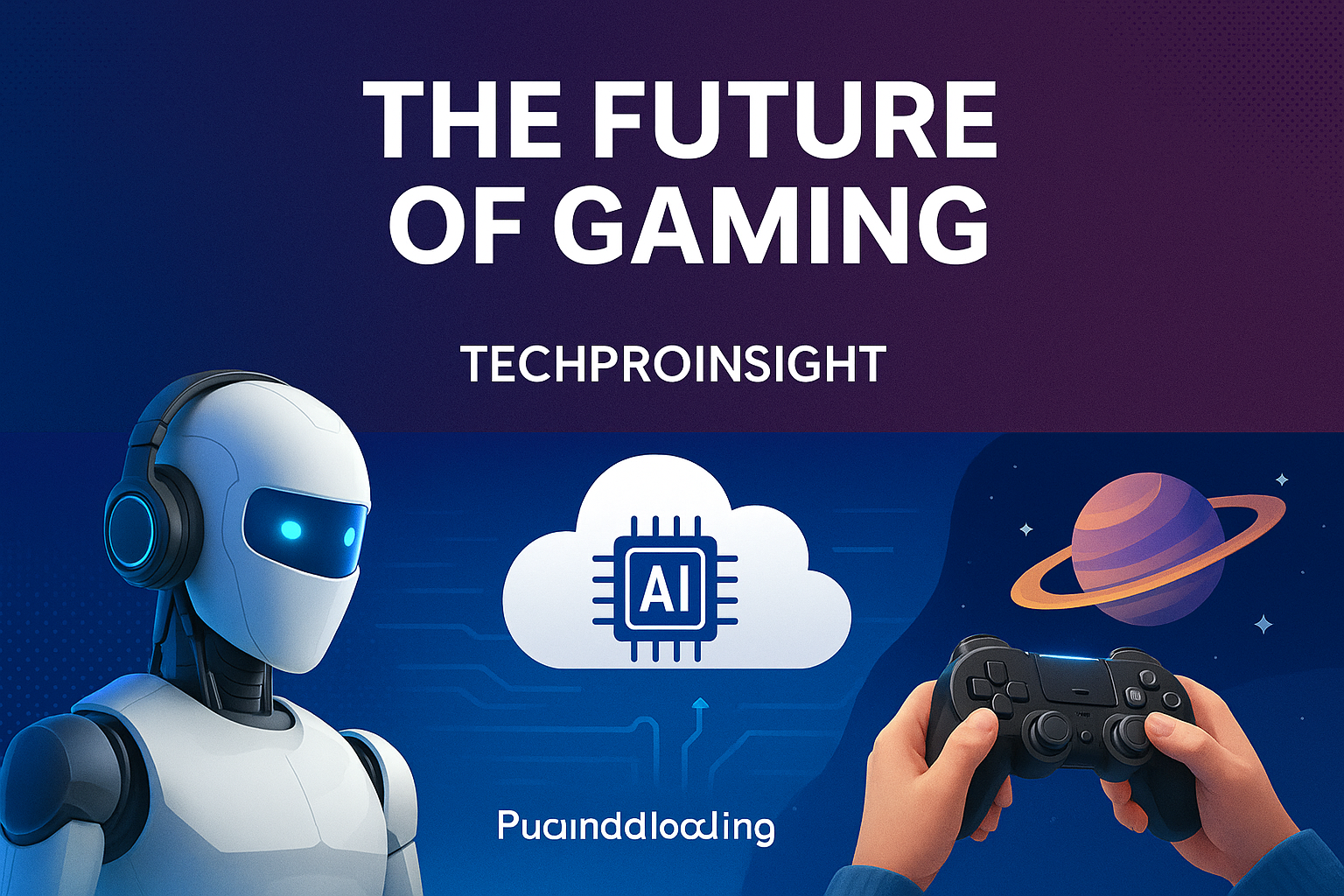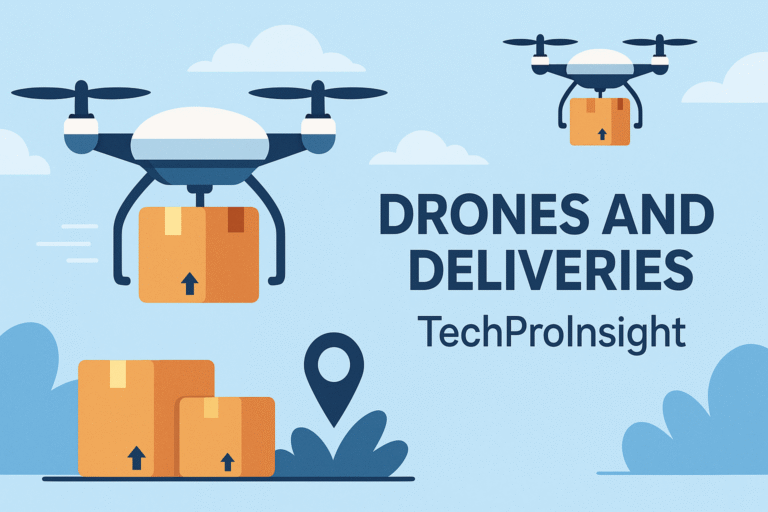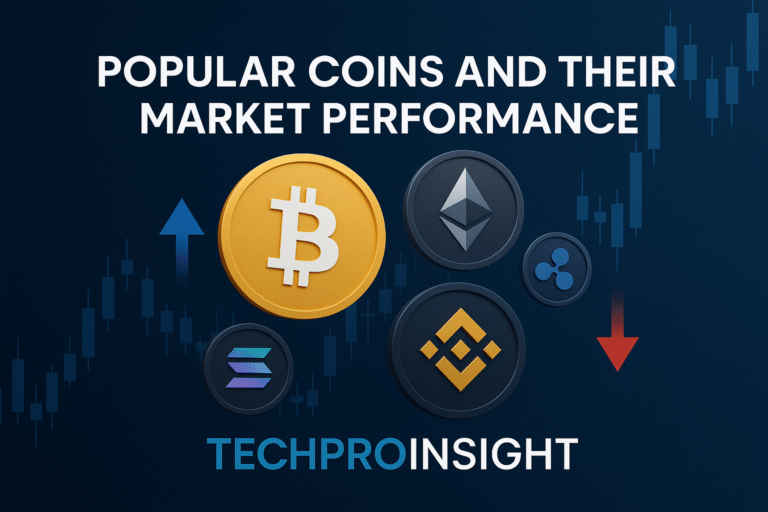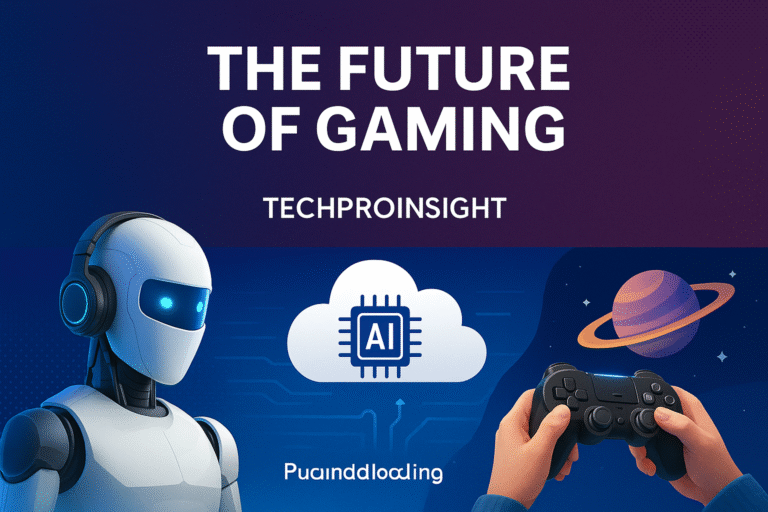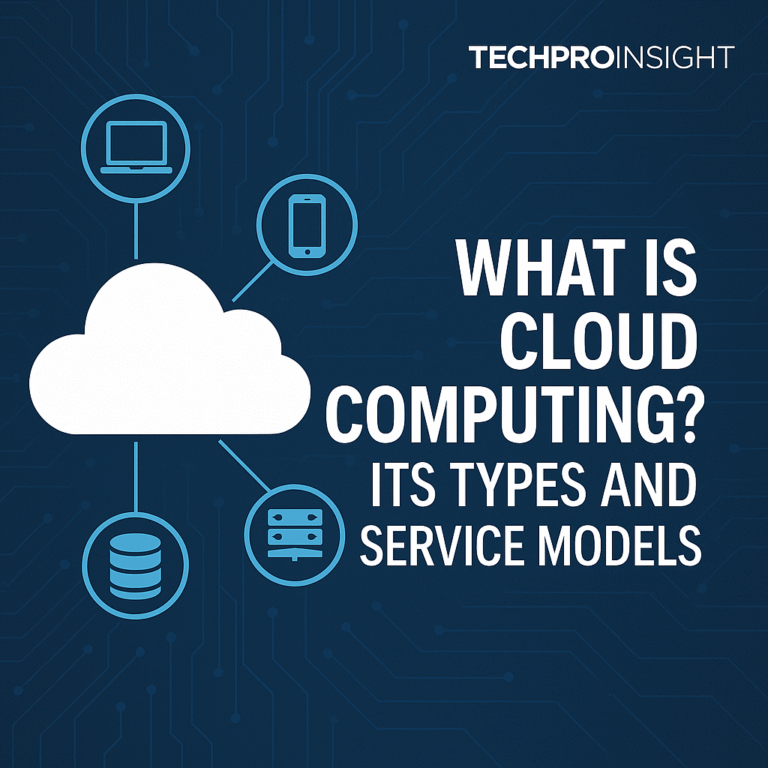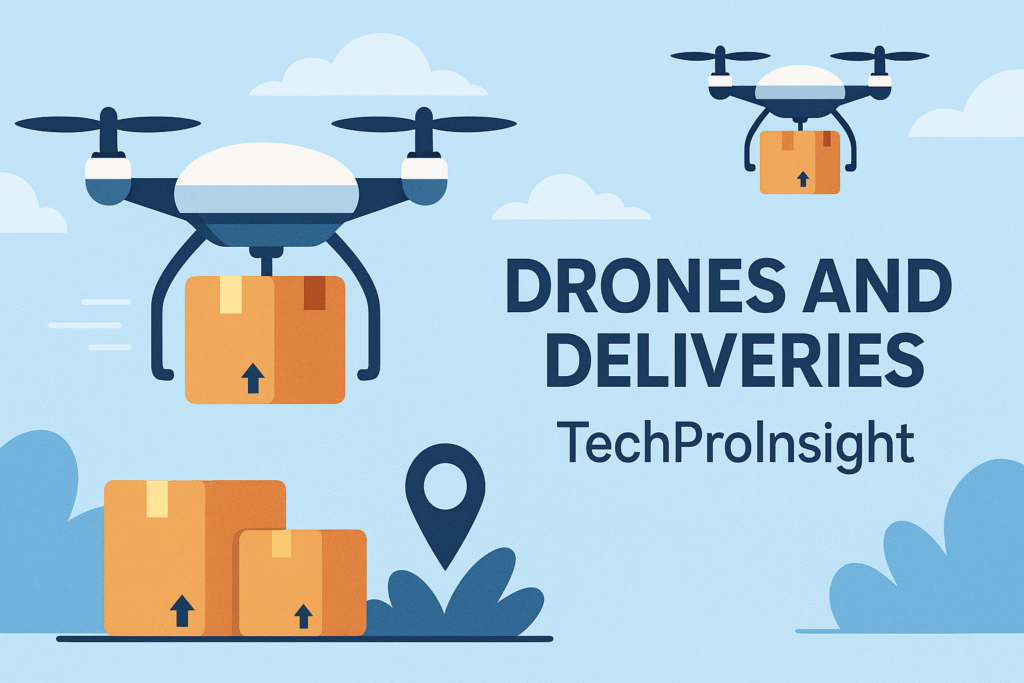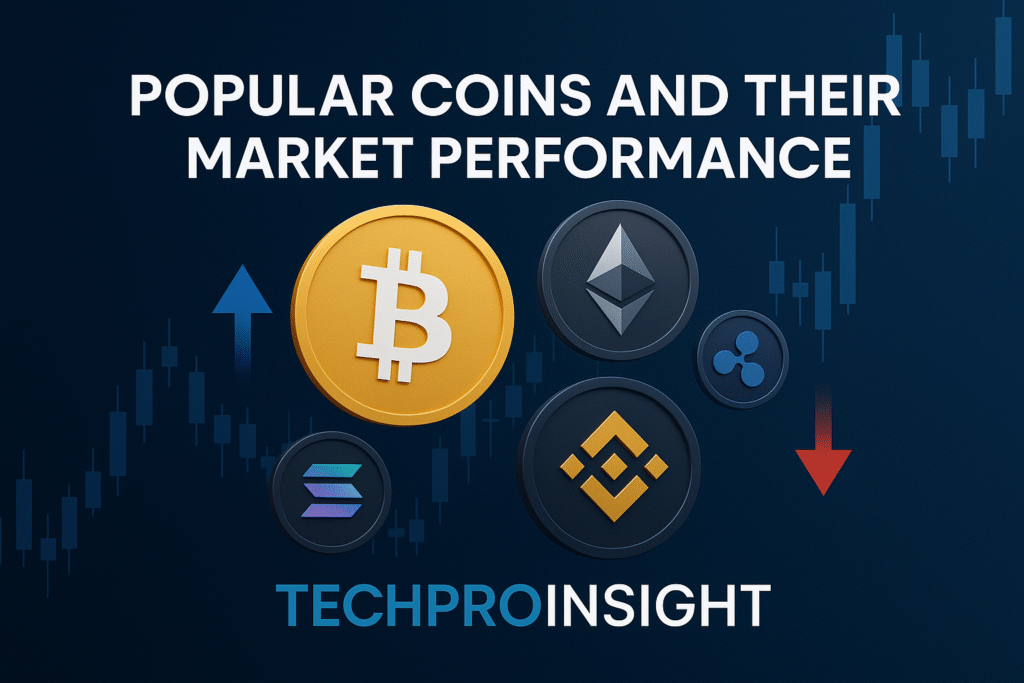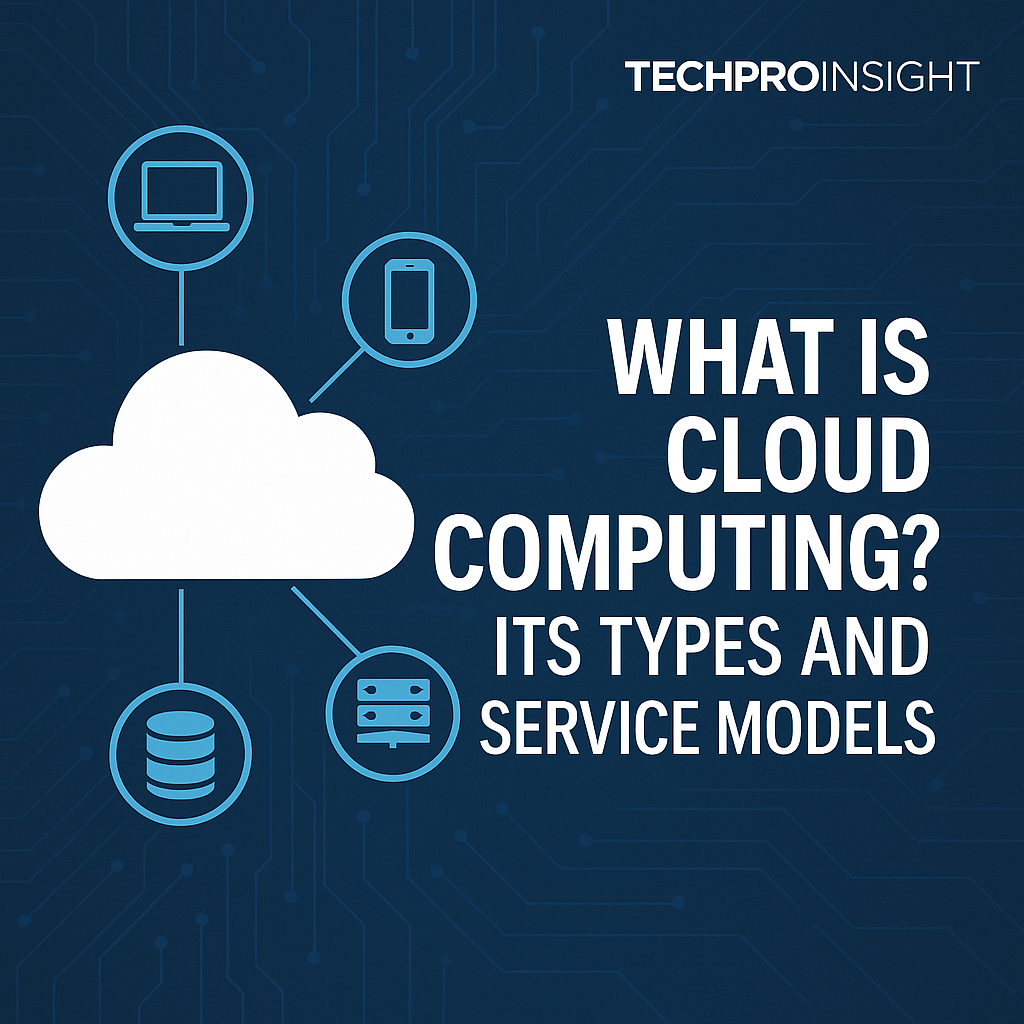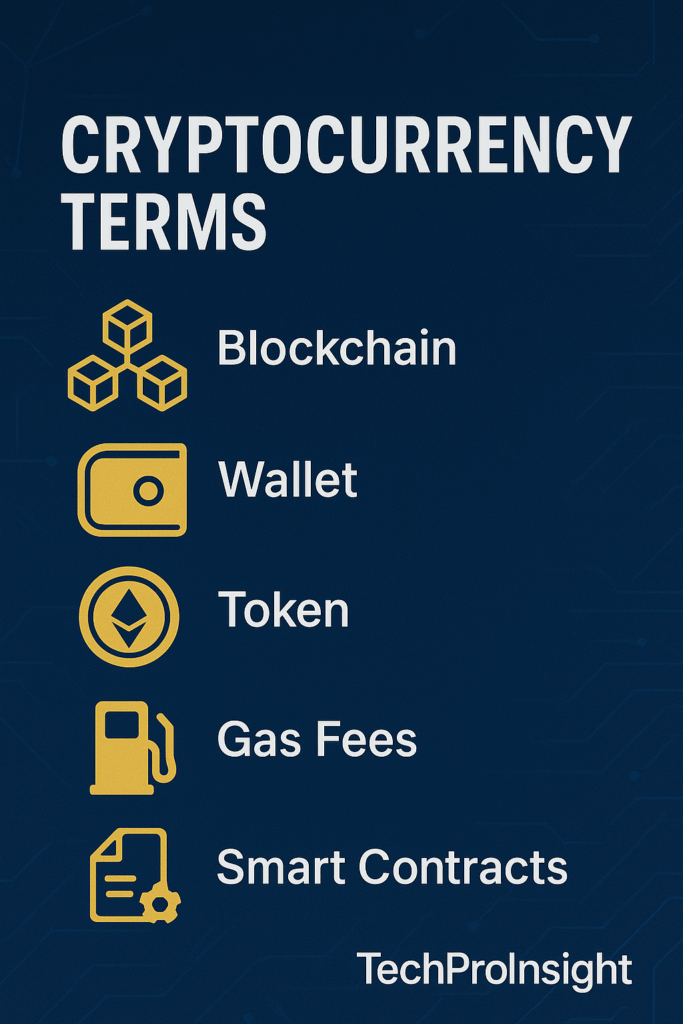Gaming has taken a long way from pixel arcade cabinets and 8 bit soundtracks. Today it is a dynamic and ever evolving industry that combines cutting edge technology, immersive story telling and global connectivity. If we see deep into the 2020s, three major forces—Artificial Intelligence (AI), Cloud Gaming and emerging innovations are set to redefine how we play, create and experience games.
In this blog post we will explore, how these technologies are shaping the future of gaming and what players, developers and enthusiasts are expecting in the coming years.
The Rise of Artificial Intelligence in Gaming
AI is not a new player in the gaming world. From early days of simple enemy behavior to today complex neural networks, AI has evolved significantly. Now we are entering an era, where AI is transforming not just game play but game development itself.
- Smarter NPCs and Adaptive Game play
Days gone when there was predictable enemies with fixed patterns. Now AI powered non playable characters (NPCs) can adapt to player behavior, making each gaming session unique. Games as Alien: Isolation and Middle Earth: Shadow of Mordor have pioneered systems where enemies learn and respond in real time.
In the future, AI will make NPCs more human like, capable of holding dynamic conversations, reacting emotionally and adjusting difficulty levels based on player performance.
- AI-Assisted Game Development
Developers are already using AI tools to generate assets, write code snippets, design levels and even compose music. This drastically cuts development time and open doors for indie creators. Tools as Unity’s ML Agents or NVIDIA’s AI enhanced rendering are revolutionizing work flows.
In the coming years, we may see entire games designed collaboratively between human and AI, with machines offering creative suggestions, optimizing code and handling repetitive tasks.
- Personalized Gaming Experiences
AI is also driving in personalization. Imagine a game that analyze your playing style and adjusts quests, characters or story lines to match your interests dynamically. This kind of tailor made experience could become the standard, thanks to AI ability to learn and predict player preferences.
Cloud Gaming: Access without Boundaries
One of the most transformative trend in gaming is the rise of Cloud Gaming, a technology that allow players to stream games directly from the cloud, removing the need for powerful local hardware.
1. Play Anywhere, Anytime
Cloud platforms as NVIDIA GeForce NOW, Xbox Cloud Gaming (formerly xCloud), Google Stadia and PlayStation Now have shown that you can play AAA titles on low end devices even smart phones or smart TVs. As internet infrastructure has improved globally, these services became more reliable and wide spread.
This transition of gaming means more people can access high quality games without spending thousands on consoles or gaming PCs.
- Subscription Based Ecosystems
Cloud gaming is also fueling the rise of Netflix like subscription models in gaming. Services such as Xbox Game Pass and PlayStation Plus offers vast libraries for a monthly fee, changing how games are bought and played.
This shift favors long term engagement over one time purchases, by encouraging developers to build experience that evolve with the player.
- Seamless Updates and Cross Platform Play
Games hosted in the cloud, their updates are instant and require no action from the player. Cross platform play becomes smoother, by allowing friends on different devices to join the same virtual world without restrictions. This connectivity will be crucial as multiplayer and metaverse style experience continue to grow.
What Lies Beyond the Next Frontiers of Gaming
While AI and Cloud Gaming are taking the charge, several other innovations are changing the future of gaming:
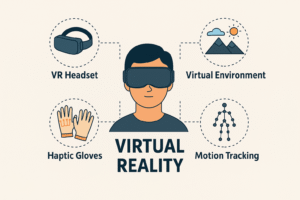
- Virtual Reality (VR) and Augmented Reality (AR)
VR and AR continues to break barriers in immersion. Headsets as Meta Quest 3, Apple Vision Pro and PlayStation VR2 are making virtual worlds more realistic and accessible. Games are becoming fully immersive experiences, with hand tracking, eye movement detection and spatial audio making players feel truly “inside” the game.
AR on the other hand, blends game elements with the real world. Imagine battling with aliens in your living room or solving puzzles on your morning walk. As these technologies become mature, expect more mixed reality titles and social AR games.
- Blockchain and NFTs in Gaming
Blockchain has introduced the idea of true ownership of digital assets, with NFTs allow players to buy, sell or trade in game items across different platforms. Games as Axie Infinity and The Sandbox have explored this model, though it remains controversial.
In the future, we may see hybrid systems that balance player ownerships with in game economy fairness, by offering new revenue models for both developers and players.
- Procedural Generation and Infinite World
Procedural generation allows developers to create vast and dynamic environment with minimal manual input. Games as Minecraft and No Man’s Sky showcase the potential of this technique. With AI integration, future games could feature limitless, ever changing world that evolve based on player decisions, community input or even real world events.
The Social Future of Gaming
Gaming has become a major part of social life, especially for Gen Z and Gen Alpha. Platforms as Roblox, Fortnite, and Minecraft are no longer just games, they are social hubs where people hang out, attend virtual concerts or host events.
In the next decade, we’ll see more interconnected virtual worlds, most often described as the metaverse. Whether it lives up to the hype or not, the idea of shared, persistent digital spaces is already becoming reality.
Expect features like:
- Persistent avatars and profiles across games
- Virtual economies and marketplaces
- Decentralized governance in community run games
Ethics and Challenges Ahead
As gaming became more advanced, it will also raise new ethical questions:
How will AI affect creative jobs?
- Will blockchain lead to unhealthy gambling-like systems?
- How can we ensure privacy and safety in cloud based or metaverse games?
Developers and platforms must treat it carefully to balance the innovation with responsibility, by ensuring gaming remains inclusive, fun and safe.
Final Thoughts
The future of gaming is not just about better graphics or fast processors. It is about smarter, more inclusive and more immersive experience driven by AI, cloud computing, VR and other emerging technologies. Players can look forward to personalized story lines, seamless multiplayer world and access to powerful games from any device. Developers meanwhile, have a more powerful toolbox than ever, enabling them to build rich, deeper and more meaningful games.
As the line between the digital and physical world continues to blur, gaming is set to be one of the most exciting space of innovation and creativity in the 21st century.
Stay tuned to TechProInsight, we continue exploring the evolution of gaming, tech and everything beyond.

